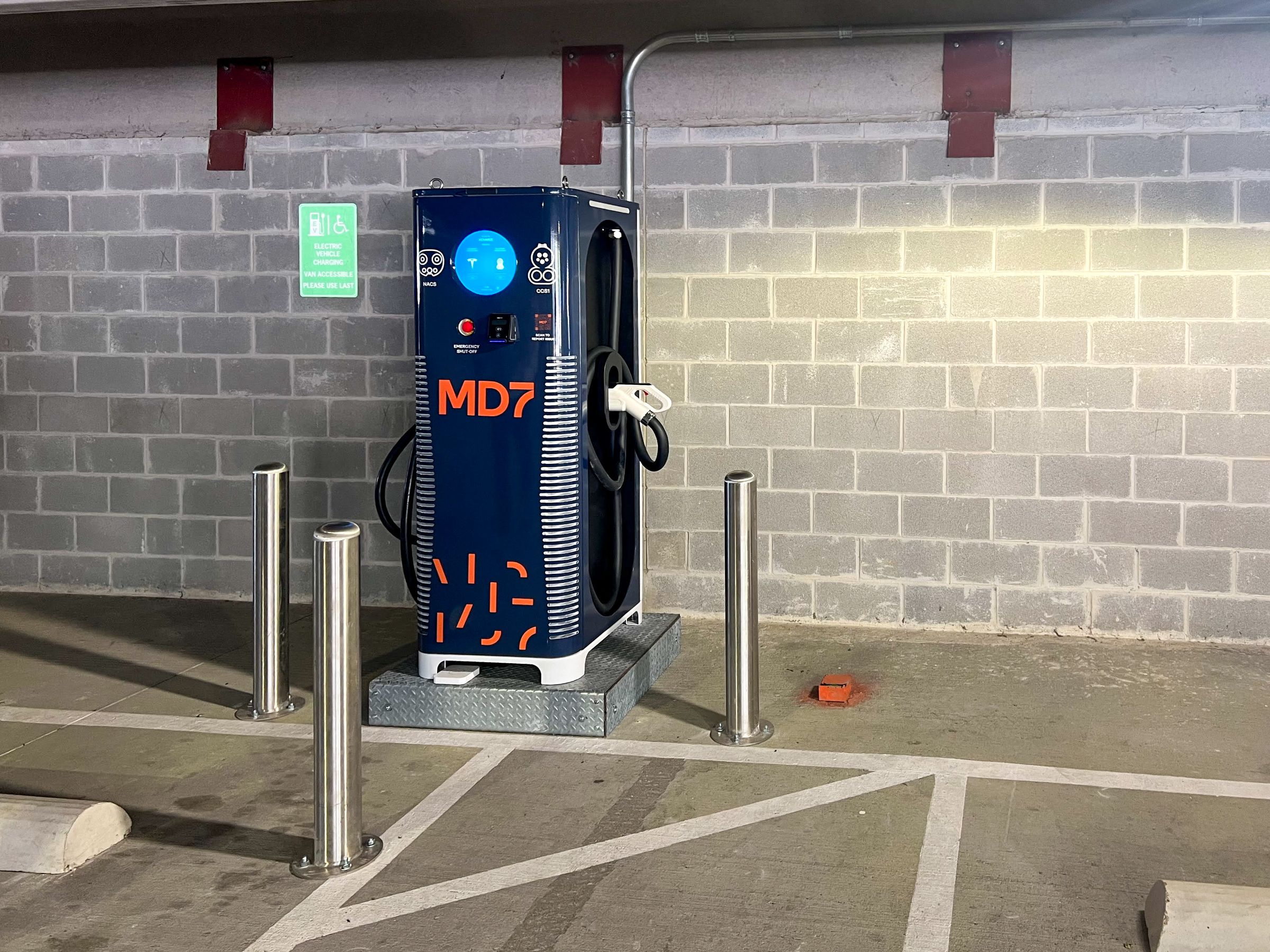Above Ground Level Magazine Article: How Small Cells Affect Office and Commercial Building Leasing
by Lynn Whitcher
Associate General Counsel
A return to tradition will revolutionize the nature of indoor small cell leasing as wireless communications network operators deploy small cells to help increase network densification.
In the early days of macro site leasing, lease agreements consisted of just one page of preprinted text. Landlord modifications were rare and, when needed, were simply handwritten into the margins. Fast forward decades later and the contrast could not be more dramatic. The typical carrier lease now starts with 12 to 20 pages. Landlord form agreements are longer, often extending to 30 pages or more. And that’s without exhibits. Specialized lease consultants and real estate counsel spend hours on marathon negotiation calls parsing the complexities of general versus gross negligence indemnities, automatic late payment penalties versus opportunity to cure, landlord relocation rights, limitations of liability and insurance requirements. It can take years to finalize contentious lease for a new site. Landlords have become emboldened to assert a wide range of extraordinary demands, including, for example, one municipality that asked a carrier to install a basketball court as a condition for allowing a cell tower at a park.
Feverish Demand
The consumption of bandwidth is at an all-time high, and there appears to be no end in sight to the feverish demand for constant connectivity, according to the “Cisco Visual Networking Index: Global Mobile Data Traffic Forecast Update, 2012-2017.” The carriers cannot afford to dedicate valuable time, resources or monies to the continued accommodation of lease agreements uniquely crafted to the whims and variations of macrosite landlords nationwide. In order to meet the immediate need for additional network infrastructure, efficient and cost-effective deployment is critical, especially in the highly competitive wireless provider market. Fortunately, industry leasing is experiencing yet another radical change: the return of the no-change template lease, albeit in the limited context of in –building small cells.
Operators are looking into small cells to help increase coverage densification. Small Cell Forum Chairman Gordon Mansfield, speaking about this year’s small cell deployment, said Verizon Wireless, Sprint and T Mobile USA have stated “in some shape or form that they’re currently in trials and planning to move into mainstream deployments.” Mansfield also is AT&T’s associate vice president of small cells. AT&T is in the middle of a three-year endeavor to deploy tens of thousands of small cells in commercial and mixed-use buildings. As a part of this wireless industry push, building owners lucky enough to hold property in areas selected for small cell development will have a windfall opportunity to bring dedicated wireless service to building tenants and visitors, free of charge, courtesy of the carrier. Finally, reliable cell coverage indoors! The catch- landlord attorneys sitting in high-rise office buildings may be enjoying the benefits of indoor small cell coverage without expending billable hours negotiating the underlying leases.
What can a landlord expect to see in these form agreements? There will be few provisions dedicated to the essentials; identification of the parties and property, the lease term, access, removal requirements, default protocols, carrier termination rights, and a description of the proposed system. In light of the limited coverage area of a small cell antenna and the plug-and-play system architecture, providers will want the flexibility to reconfigure antenna placement to respond to changes in the tenant mix and usage over the life of the lease. The agreements will not provide for rent payments. Overall, cost containment and speed to market will be essential building blocks of the carrier’s small cell portfolio. Carriers will enjoy an expedited siting process with few, if any, zoning and regulatory requirements, and the expectation will be that the lease process will be equally as efficient.
If a building owner is unwilling to accept the carrier’s small cell lease proposal, the operator will simply approach the owner of the building next door or across the street. After all, the service provider is primarily looking to offload traffic from the macrosite and may not particularly care if this happens in one building or the next. On the other hand, a landlord who passes up the opportunity of a free small cell system may spend the next 20 years explaining to disappointed prospective and existing tenants that the building does not, in fact, have the latest tenant amenity of dedicated, reliable indoor connectivity. These tenants are the very same consumers with both a mobile phone and tablet, and a habit of binge watching video content that drove the carriers to install small cells in the first place. Ultimately, this property owner may end up spending tens or hundreds of thousands of its own dollars installing an in-building wireless system just to remain relevant in the equally competitive commercial real estate market. This welcome change in carrier negotiation leverage will mean that for once in a very long time, landlords and carriers can again focus on one simple issue: Should there be a carrier- installed system at the property or not?
Thus, although it is the innovation and creativity of small cell technology that will change the wireless industry by bringing long-awaited coverage to basements, elevators and offices, it is a return to tradition that will revolutionize the nature of indoor small cell leasing.



